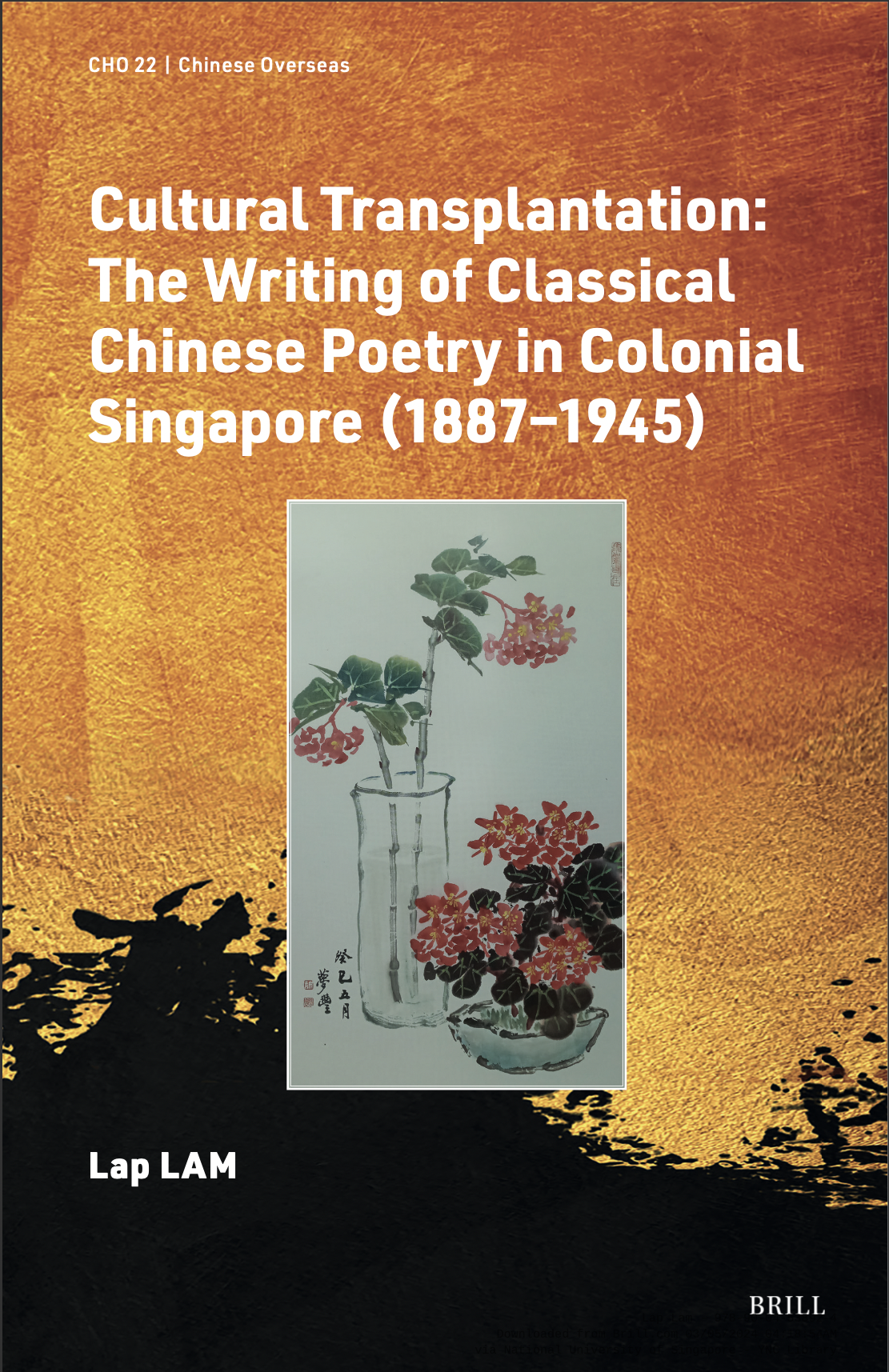Cultural Transplantation: The Writing of Classical Chinese Poetry in Colonial Singapore (1887‒1945)
September 2, 2024
The Mid-Autumn Festival is celebrated on the 15th day of the 8th month in the lunar calendar, which will fall on 17 September 2024. During the festival, lanterns are put on display and mooncakes are eaten to symbolise prosperity and good fortune. The festival is widely celebrated in Singapore, which has a large Chinese population. The influence of Chinese culture on Singapore’s history dates back to when Singapore was still under colonial rule.
In the 19th century, Chinese immigrants began coming to Singapore in search of business opportunities. However, their influence was not merely economic, as recent academic forays into Chinese literary history demonstrate. In Cultural Transplantation: The Writing of Classical Chinese Poetry in Colonial Singapore (1887‒1945) (Brill, 2024), Associate Professor Lam Lap (NUS Chinese Studies) explores the history of classical Chinese poetry written during Singapore’s colonial past, with a focus on the theme of cultural transplantation among immigrants.
There were about 50,000 pieces of classical-style poetry published in Singaporean and Malayan Chinese newspapers over the colonial era, from 1887 to 1941. The poetry was received well by the public, as shown by its extensive publication history. However, Singaporean literary historians tended to omit these sources from studies due to the past effect of the May Fourth movement, an event that took place on 4 May 1919 that sparked a cultural and intellectual shift in China. Given the renewed interest in classical Chinese history, A/P Lam intends to fill this gap in the literature through his analysis and appreciation of the forgotten poetry he discusses in this book, with an added nod to Singapore’s colonial history as seen through the lens of colonial immigrants.
A/P Lam argues not only for the aesthetic value of these pieces of poetry, but also for the historical value of the poets’ voices. He demonstrates how they diverge from typical narratives of Singapore’s history, as the poets grappled with themes that straddled both their experiences in China and Singapore, commenting and critiquing the sociocultural developments from their unique cultural space.
Read the book here.

